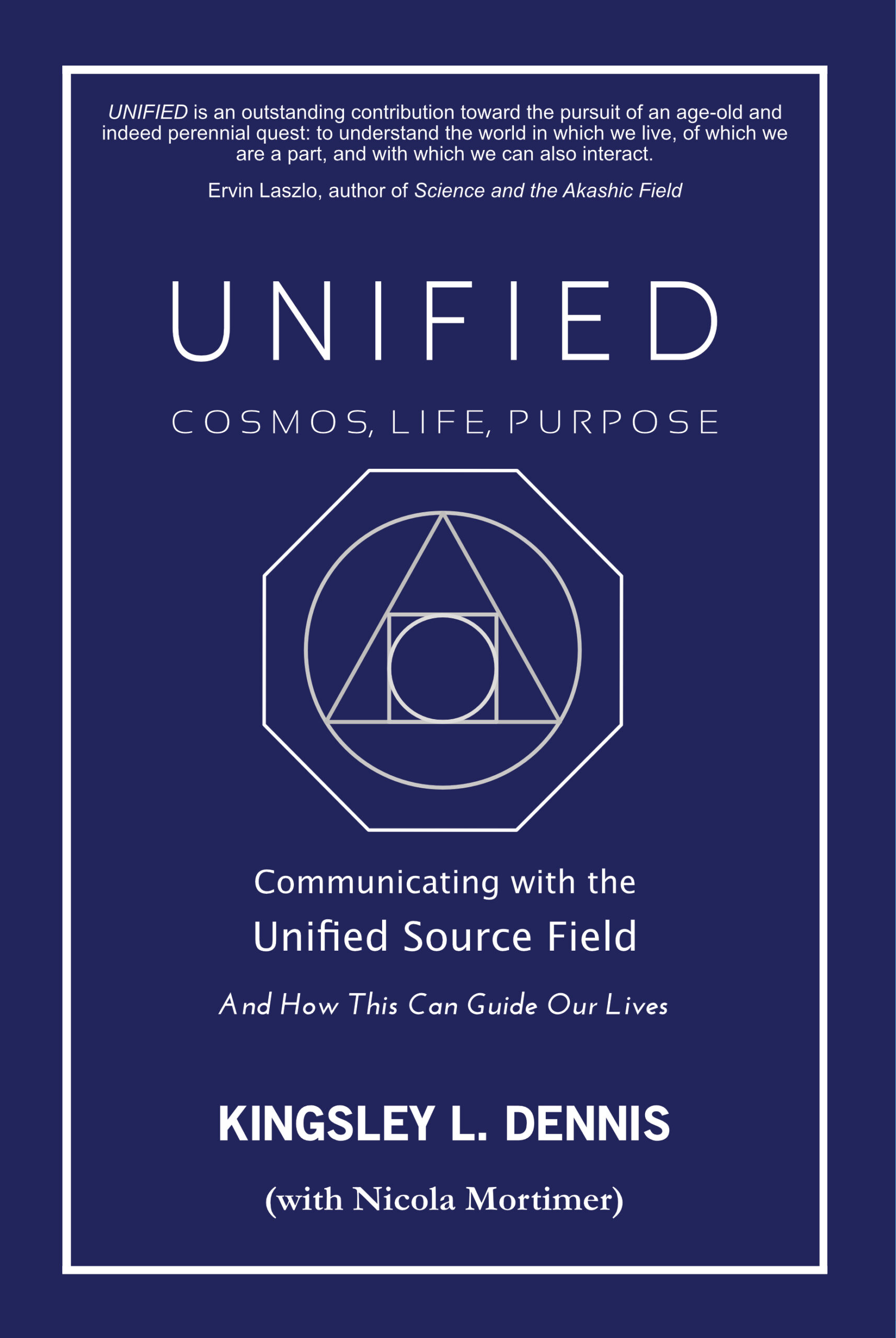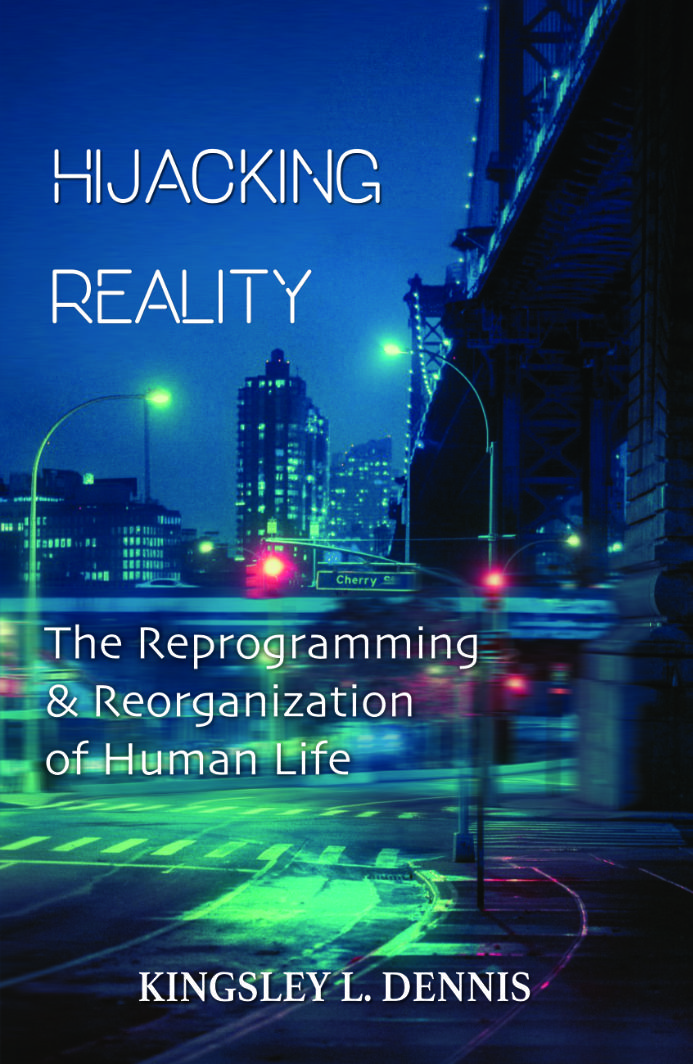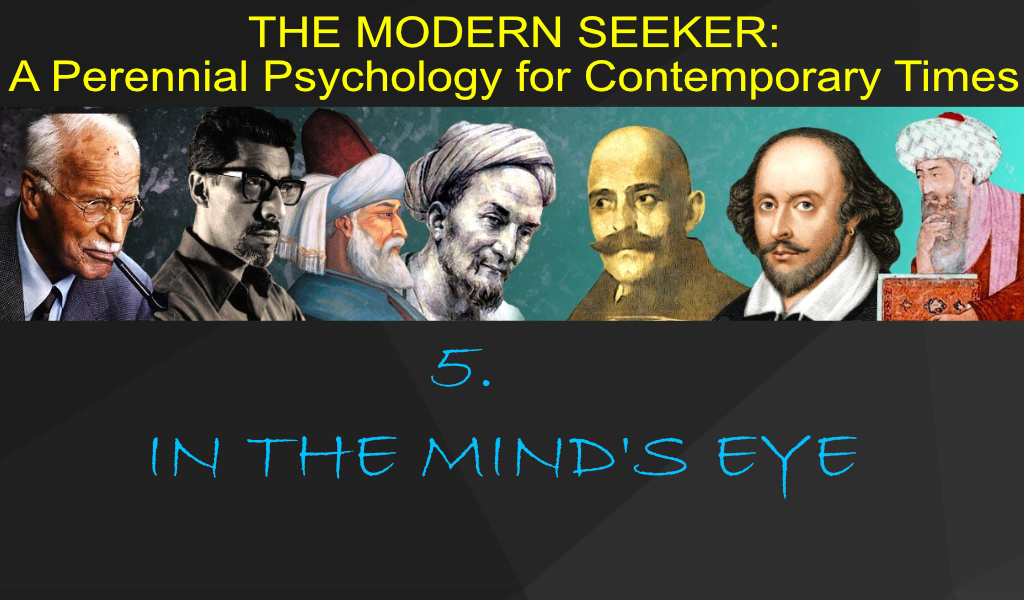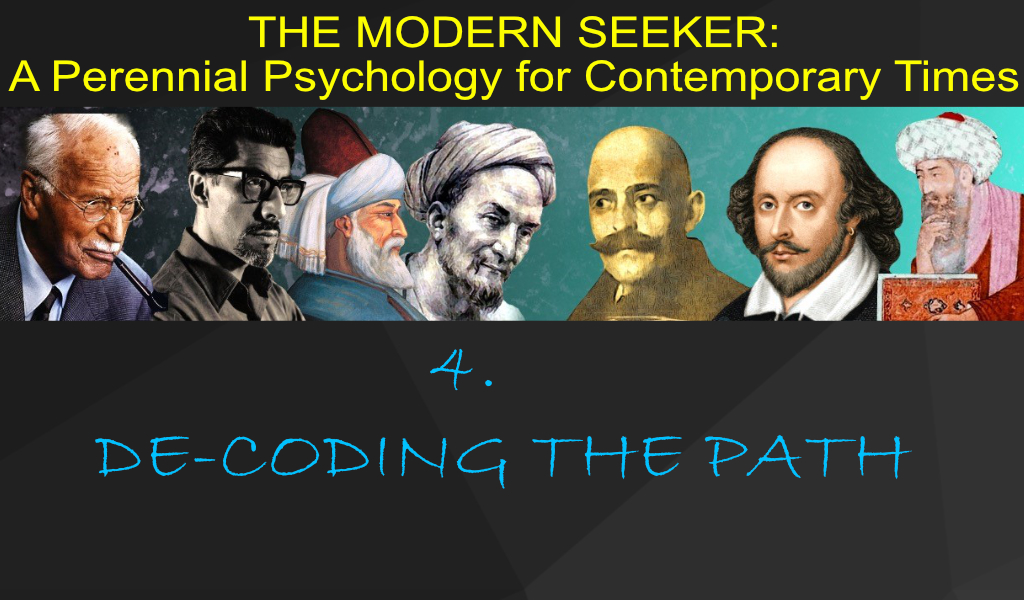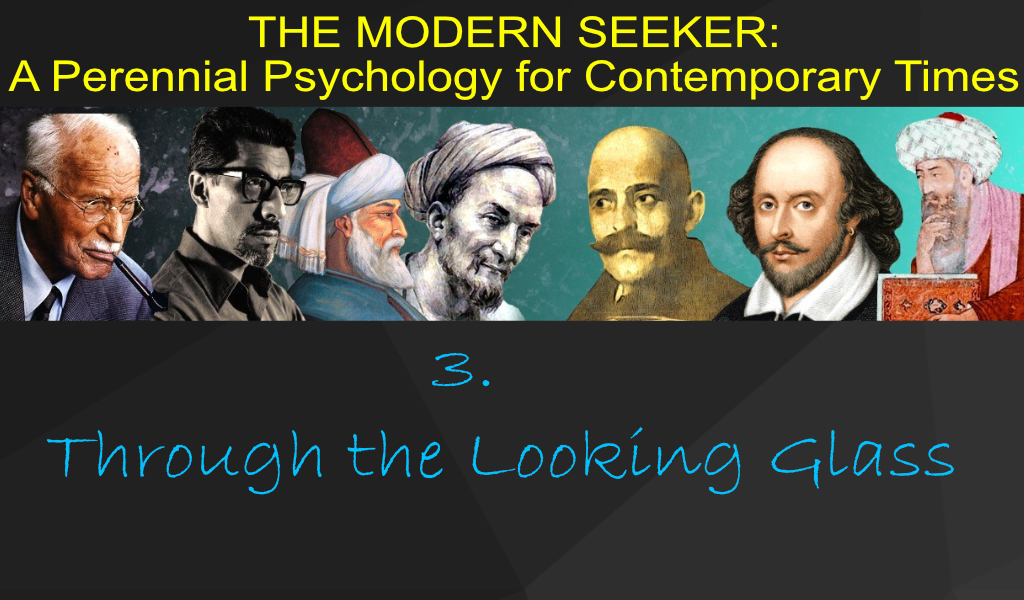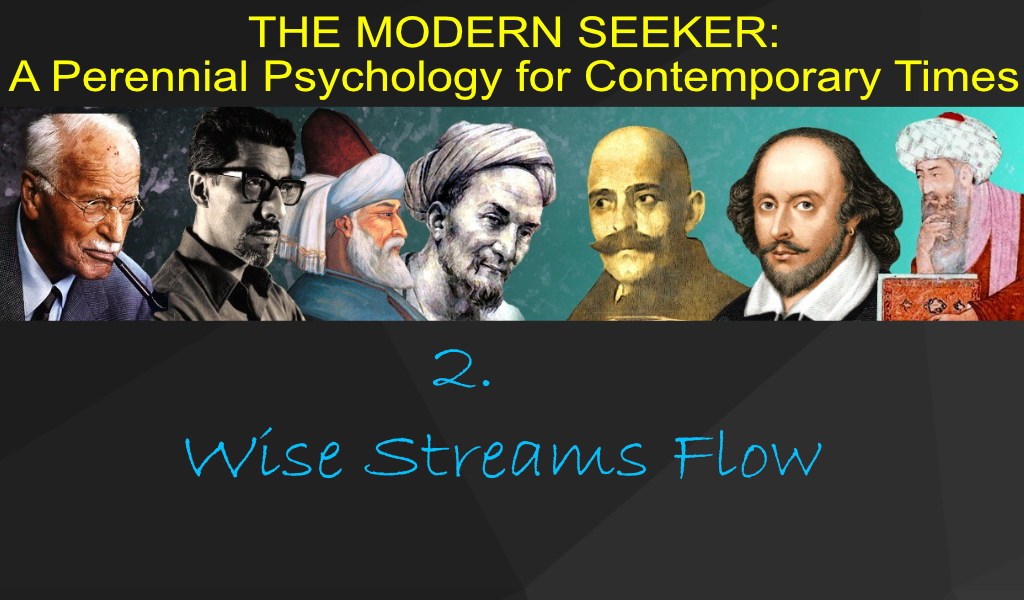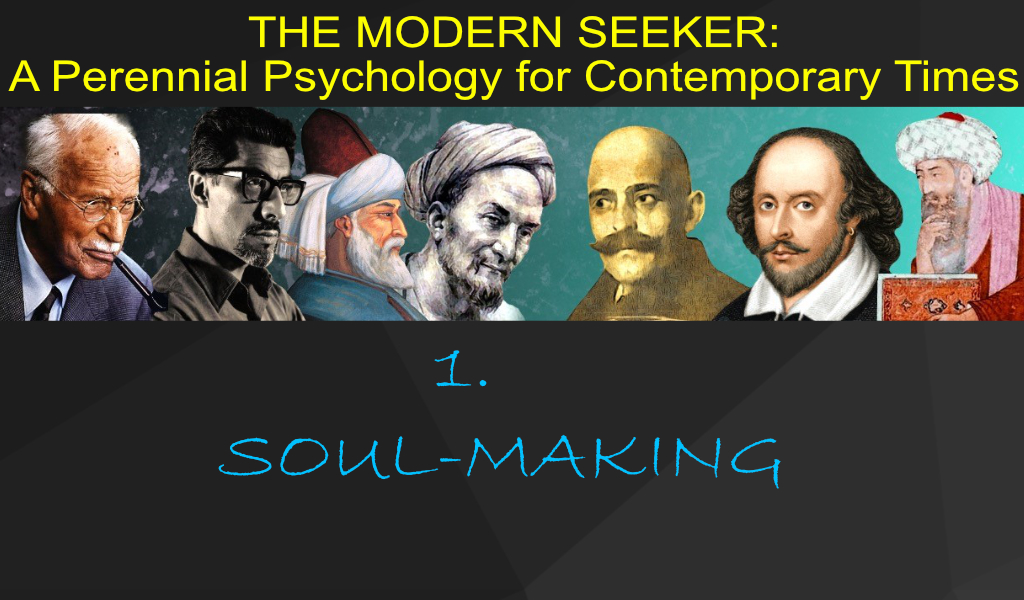I do not have to justify my quest for spirituality in physical terms. If you ask me to do so, it means that you understand nothing of spirituality.
Henryk Skolimowski
The way of nurturing and sustaining an ‘interior life’ (the subject of a previous essay) has been present throughout human culture and society for all time. It is not something new; rather, our forgetting of its presence and importance is the new factor that has, relatively speaking, recently entered into human affairs.
Throughout the ages various wisdom teachings have operated within humanity with the aim and intention of permanently raising a person/group/community’s consciousness to a ‘finer’ – or altered – level of perception. Temporary glimpses of these ‘altered perceptions’ have fascinated humankind for millennia, stretching as far back as when our human ancestors were cave dwellers. This lineage of what we may call the visionary path has a long history: including shamanism; spiritual practices; religious ritual; and the inculcation of ecstatic states, etc, both in pre-modern as well as modern cultures. For as long as humanity has existed, it has been experiencing glimpses of other realms, and thereby attempting, through many and various means, to recapture these experiences. In some instances people have accidentally and temporarily glimpsed these states through such events as a near-death experience, tragedy, or similar ‘shock impacts.’
Similarly, there can be ‘almost random’ contact achieved with such altered states of consciousness within ordinary life. Often these contacts have been glimpsed – in a transitory way – by the use of artificial aids, such as by means of induced intoxication. Yet these glimpses are more or less temporary, though some people attempt to continue to recapture these experiences, perhaps incorrectly thinking/believing that it will lead to a permanent state. This activity, and this way of thinking, is often more destructive than good. What this frequently shows is a lack of information/knowledge on the part of the individual. This often reveals itself when a person attempts to induce such transitory experiences when they clearly lack the knowledge of how to correctly learn from and utilize its significance. Without a correct developmental function, such experiences are more likely to confuse and misdirect a person rather than induce developmental understanding in them.
At our basic level of awareness there is no perceptible pattern to the flow of events. We do not have access to objective reality, although there can be moments and instances when glimpses occur. The phenomenon of miracles is an example of this, when the laws of a reality outside of our own intervene/operate within our subjective reality. Likewise, many ancient tales, fables, allegories, etc, are representations of what we refer to as a ‘higher dimension’ operating within our own. Such cultural impulses help us, whether we are conscious of it or not, to re-frame our perception of our current consensus of reality and its accepted truths. What we often take to be reality is in fact only a very thin slice of a much ‘bigger picture.’
The visionary path is an inward path; as such, it requires a disciplined focus. However, modern societies not only do not cater to such practices, they often actively dissuade us from approaching them. That is, the visionary path – which is a way of gnosis (i.e., direct experience) – is not encouraged or supported. The result of this is that people in general do not see – or feel – a need for such a discipline. Modern life keeps us occupied and, more or less, satisfied with other pursuits. The visionary path of gnosis thus drops away from view – there is seemingly no need for it. Unfortunately, it is often the case that ‘shock impacts’ are required in order for us to shift our attention away from the ‘straight path’ of normal living.
It may be that modern life requires a crisis point – in its material, consumptive lifestyles – for there to arise within people the need for something else. It is in such moments of deep communal and personal reflection that an inner realization may occur: the recognition that common – that is, consensus – culture and tradition whether social, political, or religious, do not provide for sufficient meaning in our lives. This awareness of the need for a meaningful life often occurs in times when there is a noticeable deterioration in social and cultural systems. Such recognition – or re-cognition – is not yet dominant among the majority of our highly industrialized, ‘civilized’ nations. We have developed our faith, our reason, our mental pursuits; we have established industry and created marvelous technologies – yet we have failed to ‘work on ourselves,’ as they say. We have been left behind from the vale of ‘soul-making,’ to quote again the Romantic poet Keats. When our early cave-dwelling ancestors first made their hand-prints upon the walls of their caves they were signaling to the external world ‘I am here – I exist.’ The inner spark of the human being was attempting to be heard – to be imprinted onto the outer life. It was an early stage in the expression and stabilizing of human consciousness. In each epoch human consciousness perceives and interprets its sense of reality in a particular way. The modern consciousness we share today is far removed from the animistic consciousness that our far ancestors had access to. That is, animistic in regards to how the boundaries between ‘out there’ and ‘in here’ were perceived as being less fixed by the pre-modern mind. As has always been the case, perception is also a matter of experience. How we experience the reality around us influences our perception of it, and vice-versa. The visionary path is thus a path of experience (beyond subject-object duality), and is a stabilizing of consciousness according to the needs and requirements of each particular era. In the recent history of human civilization this potential has been open for conscious participation. Humankind has had the possibility for conscious development for many thousands of years. Largely this potential has been woefully overlooked and underused. It may be that, in its essence, the purpose of humankind is an evolutionary one in terms of conscious awareness. The visionary state – to perceive with a finer degree of conscious awareness – is an essential aspect of human life. Without overstating it, it is essential for the continued harmonious development of human civilization. At times this visionary potential has been referred to as creative imagination. It is incorrect to assume that the inner world does not require the outer world, or the other way around – each needs the other. A visionary state of awareness, as the term creative imagination implies, is an active one: it acts upon the world. Such a form of consciousness actively engages with the physical, material world. It is not an ascetic or monkish affair. Just as the pre-modern shamans were/are the doctor/guide/elder for their community, so does the visionary path require of us that we actively use our creative consciousness for the betterment of our human societies. To put it bluntly, you could say that it’s not more incense that we need but more inner sense. Often, people take their own absence of experience as proof of its absence or absurdity. People incapable of judgments on such matters should refrain from making them. As part of the preparation toward the visionary state one works with relative truth and understanding – this is the case for the majority of us today. We begin to step along the visionary path from the perspective of relative truth. The visionary path is known by various names, some more prominent than others, depending upon the location and the era in which it is operating. Another long-standing name is the perennial path, or perennial tradition, to which I shall turn to in my next article on this subject. The visionary path to self-development can begin when the following criteria are met: i) a recognition of one’s situation and the need for self-development; ii) a partial detachment from one’s social and cultural conditioning and external influences; and iii) making the first step toward one’s own liberty and inner freedom. Once a person has recognized their need for self-development they can then begin to do ‘work on oneself’ by gradually de-conditioning their social personality (the persona). A person’s social personality is generally created from layer upon layer of artificial constructions, mental frameworks, and emotional baggage. In other words, a person begins to methodically de-clutter their personality. Then, and only then, can a conscious step be taken toward their inner freedom and genuine liberty. For the visionary state of consciousness to emerge – to become activated – the old consciousness patterns must first be loosened. That is, for the old patterns to become less determined, dogmatic and fixed. Then through this space, where old belief patterns have left their moorings, can new perceptions emerge. As this process gradually unfolds it is important that people remain grounded in the world – in their everyday lives – and not to entertain themselves with amusing fantasies or unwarranted intoxications. An important feature of the visionary path is that it is harmonious, balanced, and in equilibrium. If at any time a person does not feel connected to these states, then they may not be engaged with a genuine source of developmental potential. Humanity’s greatness is not in what it has achieved, nor what it is, but in what it can become. [i] See previous essay ‘The Interior Life’ – https://kingsleydennis.com/the-interior-life/



